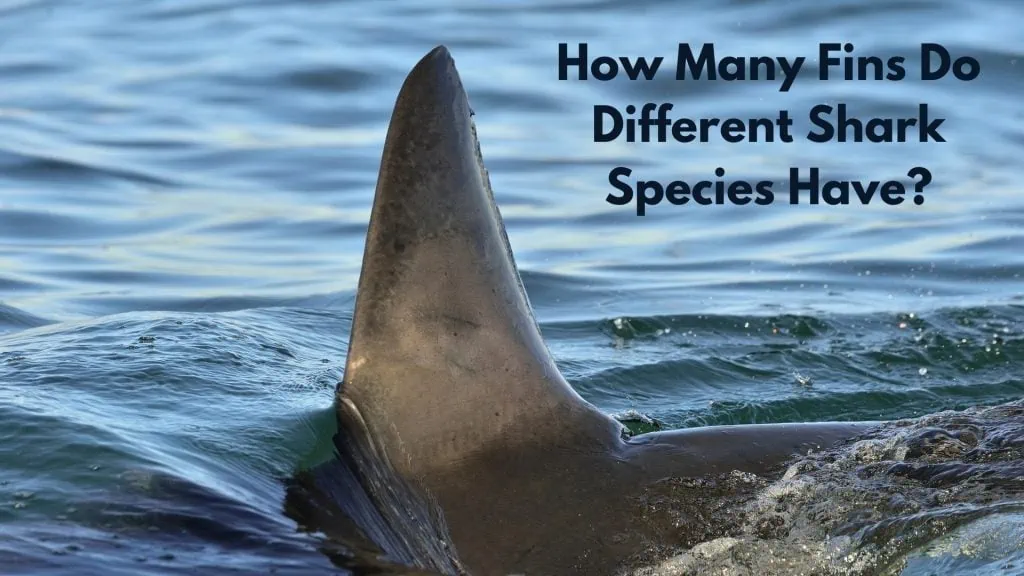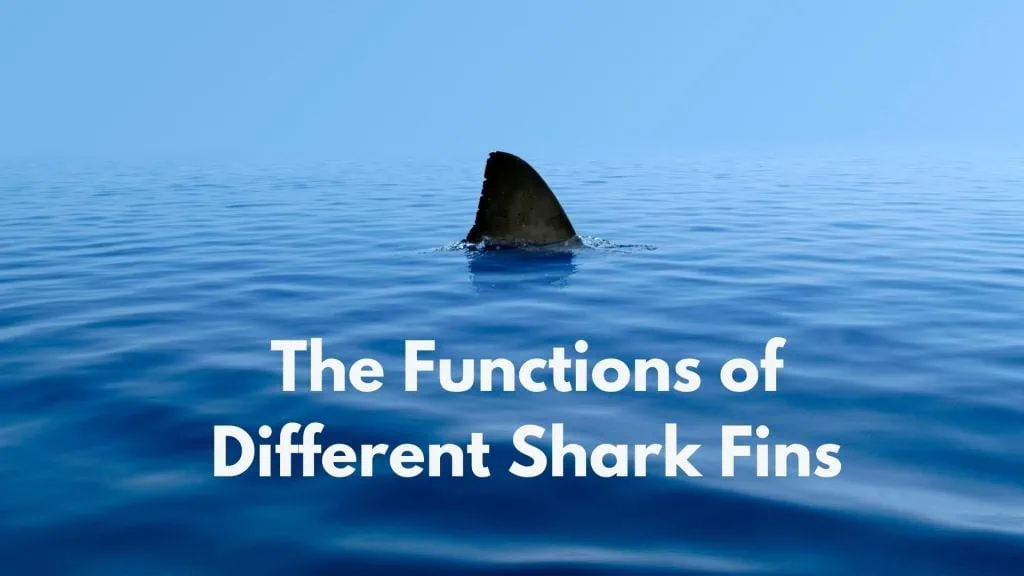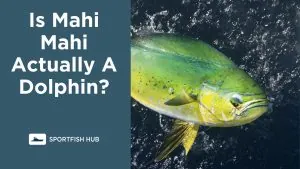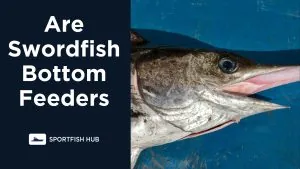Sharks have evolved over millions of years to become supreme ocean predators. Their streamlined, torpedo-shaped bodies and specialized fins allow them to cruise through the water with speed, agility, and grace. But exactly how many fins does a shark have?
The Main Types of Shark Fins
Sharks have two main types of fins – median fins and paired fins:
Median Fins
- Caudal Fin – The tail fin provides main thrust and propulsion
- Dorsal Fin – One or two fins on the shark’s back provide stability
- Anal Fin – Triangular fin on the underside provides stability (not all species have this)
Paired Fins
- Pectoral Fins – Located behind the head, these provide lift, steering, and braking
- Pelvic Fins – On the underside near the tail, these fins assist with steering and lift
| Fin Type | Number | Main Functions |
|---|---|---|
| Caudal | 1 | Propulsion, thrust |
| Dorsal | 1 or 2 | Stability, preventing rolling |
| Anal | 0 or 1 | Stability (underside) |
| Pectoral | 2 | Lift, steering, braking |
| Pelvic | 2 | Lift, steering |

How Many Fins Do Different Shark Species Have?
The number of fins can vary slightly depending on the species:
- Most sharks have 2 dorsal fins, 1 anal fin, pectoral fins, pelvic fins and a caudal fin – 8 fins in total
- Sharks in the order Hexanchiformes (like nurse sharks) have only 1 dorsal fin and no anal fin – 7 fins
- Some bottom-dwelling sharks lack an anal fin altogether – 7 fins
- Thresher sharks have extremely elongated upper caudal lobes – 8 fins
- Hammerhead sharks have laterally expanded heads which affect their pectoral fins – 8 fins
So in summary, although the number can vary from 7 to 8 fins, most shark species have 8 different fins in total.

The Functions of Different Shark Fins
Each type of shark fin has evolved to perform specific functions:
- Caudal fins provide the main forward propulsion and thrust to swim through the water. Different tail shapes suit different hunting styles e.g. thresher sharks have whip-like tails to stun prey.
- Dorsal fins act like the keel on a boat, stabilizing the shark and preventing rolling. Some sharks use fin spines defensively.
- Anal fins also help provide stability, acting like a keel on the underside of the shark.
- Pectoral fins give sharks lift and precise directional control. They can be used to pivot or make tight turns.
- Pelvic fins provide lift and steering. In males they are modified as claspers to mate. Some sharks can even “walk” with their pelvic fins.
Clearly, each fin plays a vital role in swimming, stability, steering and propulsion. This is why the cruel practice of shark finning is so destructive – sharks cannot survive without their fins intact.
Conclusion
In summary, most sharks have 8 functional fins in total, with slight variations between species:
- Caudal, dorsal, anal, pectoral and pelvic fins
- Each fin has evolved for specialized functions
- Fins provide propulsion, lift, steering and stability
- Healthy fins are critical for a shark’s survival
Understanding the importance of a shark’s fins highlights why finning is so catastrophic. Let’s appreciate these incredible ocean predators by protecting them from finning and other threats.












